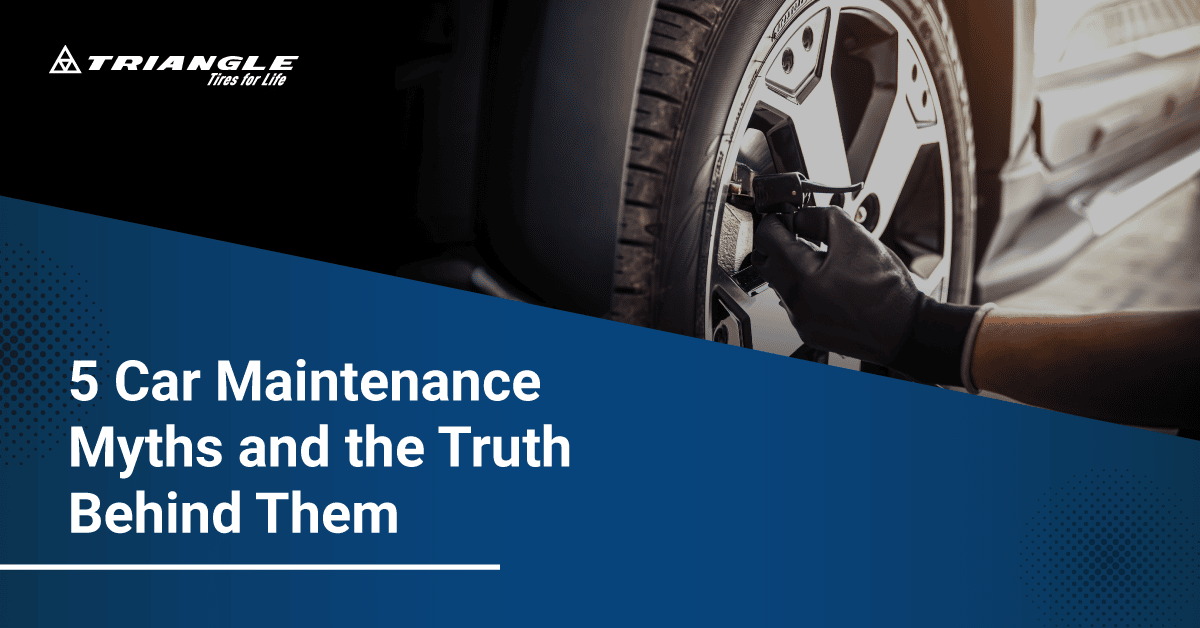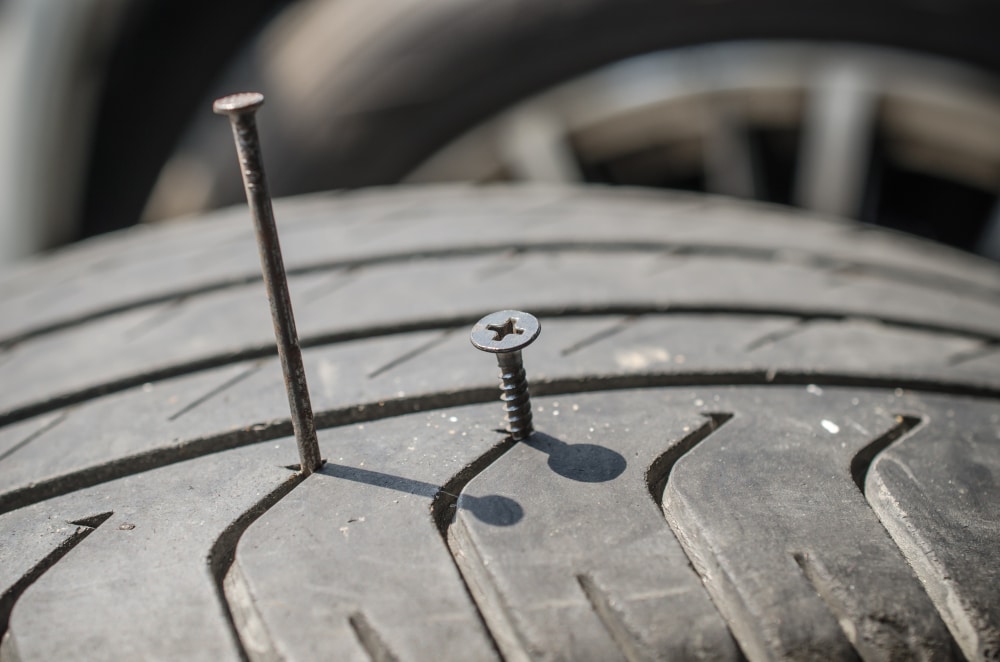
Cars have been around for decades. Over time, people have developed several best practices, passing them down from one generation to another.
But like tradition, not all car care and maintenance customs are helpful. Some may even cost you more money without giving any significant benefits. So, if you’re wondering what’s the truth behind these supposed best practices, this article is for you.
5 Car Maintenance Myths and the Truth Behind Them
Here are some myths about maintaining and caring for your car and the facts debunking them.
Myth #1: You need to replace all the wheels at the same time.
It’s common to wear out car tires on bumpy and uneven roads. This scenario may require you to replace a tire or two, but it doesn’t mean you must get a complete set each time. Instead, you can replace the affected tire and leave the others, saving you a lot of money. Just take note of some considerations.
Consulting the owner’s manual is the best way to avoid damaging your drivetrain for four-wheel cars.
Meanwhile, the tread depth and wear can help you decide whether to replace all your tires for two-wheel cars. Differences in tread depth can cause significant changes in your vehicle’s traction. In that case, replace the affected tire with the same size, model, and tread pattern as the rest.
Moreover, if the unaffected tires are only 30% worn or less, you can replace the affected tire and install it on the rear axle. But you’re better off replacing all tires if they are 40% to 50% worn.
Myth #2: You should inflate your tires to the tire pressure listed on the sidewall.
The measurements on the sidewall indicate the maximum pressure the tire can hold. It does not necessarily mean it’s the recommended pressure.
With that in mind, the tire pressure you should follow is what’s on the door tag or owner’s manual. These measurements are the recommended tire pressure to balance braking, handling, gas mileage, and ride comfort.
Measuring the tire pressure may also depend on other factors, like the vehicle type. For example, smaller trucks and passenger vehicles typically require a tire pressure of 30 to 35 PSI. For large commercial truck tires, tire pressure must be 50 to 105 PSI since they carry heavier loads.
It would be best to consider the weight distribution and the driver’s handling characteristics. These factors can help you determine the best tire pressure for your vehicle.
Myth #3: If a tire gets punctured, you should replace it with a new one.
Frequent constructions in busy areas may lead to small pieces of debris, like nails, that can puncture your tires. You may think these punctured tires are already useless. However, not all punctures require a tire change.

There are certain conditions you need to follow before you can decide whether to replace your tire or have it vulcanized.
For repairable tires:
- The puncture should not measure more than a quarter (¼) of an inch in diameter.
- The affected region is in the surface patch, the crown, or the tire’s prescribed puncture repair area.
- Punctures must at least be 16 inches apart.
For irreparable tires:
- Replace tires if the puncture or hole is bigger than ¼ of an inch in diameter.
- Punctures sitting on the tire’s sidewall call for a replacement.
- You may also need a new tire if it has severe damage, like big cuts or tread separation.
Myth #4: Bringing your car to an individual repair shop voids your warranty.
Car care and maintenance in a casa or authorized service centers can result in exorbitant fees. Some car dealers may also advise you not to go to other auto repair shops if you don’t want your warranty voided. However, that is not the case.
It’s perfectly fine to bring your vehicle to your trusted auto repair shops. They can perform any maintenance covered under your warranty with no worries. But make sure to save your receipts when you need to prove the maintenance performed and the costs.
Whether you service your car in the casa or another auto repair shop, your warranty is valid until its expiration date. So, leverage that warranty by performing routine maintenance and following a specific schedule.
Again, it doesn’t matter where you go for car repairs or checks. But if you’re going to perform recall work, it’s best to have an authorized service center do it.
Myth #5: Use pure nitrogen to save money when filling up your tire.
Another common myth about car care and maintenance is that filling your tires with pure nitrogen can help you save money and improve gas mileage and tire longevity. However, there is not enough evidence to prove this.
While this type of tire filling may have benefits, they’re usually minimal and don’t cover potential costs. For example, people may think that nitrogen-filled tires are “maintenance-free.” But you’ll still need to check your tire pressure as it can leak, albeit at a slower rate.
Moreover, nitrogen doesn’t wholly eliminate temperature-related pressure changes. And with the country’s constant hot and cold weather changes, nitrogen-filled tires may only provide small benefits. As such, you may be better off using pressurized air since it’s made up of 80% nitrogen. Plus, it’s a cheaper and more accessible alternative.
Debunking Car Care and Maintenance Myths
Knowing the truths behind the misconceptions about car care and maintenance can help you get your money’s worth. Remember, you don’t have to “go the extra mile” if it doesn’t have a significant return for your car. As long as you cover the basics, especially when caring for your tires, you can expect your car to work efficiently for years.
Triangle Tires is here to help with quality tires. We have a wide array of tire products—from passenger cars and light trucks to heavy equipment vehicles—available for delivery at an affordable price.
Browse our tire catalog or contact us for help with your tire needs.